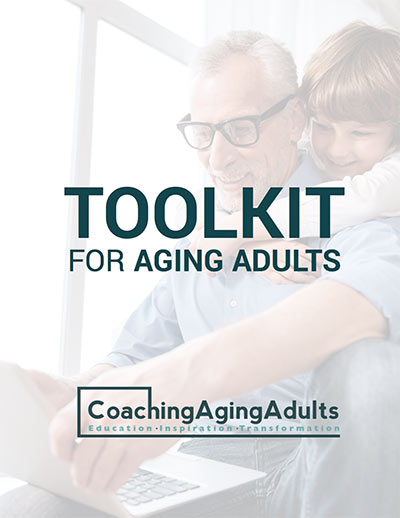As a therapist and aging coach, I have witnessed firsthand the incredible potential that lies within the journey of aging. Far from being a time of decline and limitation, later life can be a period of immense growth, transformation, and newfound opportunities. In this blog post, we will explore the various dimensions of aging as a time of personal development, discuss the challenges often faced, and provide practical strategies for embracing and harnessing the potential of later life.
The Changing Landscape of Aging
The perception of aging has undergone a significant transformation in recent years. Longevity and increased life expectancy have become the norm in many parts of the world, providing us with more time and opportunities to explore new avenues, develop meaningful relationships, and pursue personal aspirations. Furthermore, research in gerontology and positive psychology has shed light on the potential for personal growth and fulfillment in later life.
Embracing Life Transitions
Aging is marked by significant life transitions, such as retirement, empty nesting, or loss of loved ones. While these transitions can be challenging, they also present opportunities for self-reflection, reevaluation of priorities, and the pursuit of new passions. By acknowledging and embracing these changes, individuals can navigate these transitions with resilience and openness, allowing personal growth to flourish.
Cultivating a Positive Mindset
A positive mindset is crucial in unlocking the potential of aging. It involves challenging societal stereotypes and reframing our own beliefs about aging. By cultivating optimism and a growth-oriented perspective, we can view aging as a time of possibility rather than a period of decline. Engaging in mindfulness practices, gratitude exercises, and cognitive reframing techniques can help individuals develop and maintain a positive mindset throughout the aging process.
Rediscovering Personal Identity and Purpose
Later life often provides an opportunity to rediscover personal identity and purpose. Individuals can reflect on their life experiences, core values, and aspirations, allowing them to explore new interests or rekindle old ones. Pursuing hobbies, engaging in volunteer work, or embarking on a new career path can foster a sense of fulfillment and purpose, enhancing overall well-being in the process.
Nurturing Relationships
Social connections are vital for well-being at any age, and they become even more significant as we age. Cultivating and nurturing relationships with family, friends, and the community is essential for emotional support, a sense of belonging, and personal growth. Engaging in social activities, joining clubs or organizations, and maintaining an active social life can enhance quality of life and contribute to overall happiness in later life.
Prioritizing Physical and Mental Well-being
Taking care of one’s physical and mental health is paramount for embracing the opportunities of later life. Regular exercise, a balanced diet, and adequate sleep are essential for maintaining physical well-being. Additionally, engaging in activities that challenge the mind, such as puzzles, reading, or learning new skills, can help promote cognitive vitality and prevent age-related cognitive decline.
Seeking Professional Support
Navigating the complexities of aging can sometimes be overwhelming, and seeking professional support can be immensely beneficial. Therapists, aging coaches, or geriatric counselors can provide guidance, support, and resources to individuals navigating the challenges and opportunities of later life. These professionals can assist in developing personalized strategies for personal growth, relationship building, and overall well-being.
Aging is a natural and inevitable part of life. However, it is not a time to be feared or endured but rather embraced as an opportunity for growth, transformation, and personal development. By cultivating a positive mindset, embracing life transitions, rediscovering personal identity and purpose, nurturing relationships, prioritizing physical and mental well-being, and seeking professional support, individuals can fully embrace the potential of aging and lead fulfilling lives in their later years.
As a therapist and aging coach, I encourage my clients to view aging as a time of self-discovery and exploration. It is never too late to embark on a new journey, pursue unfulfilled dreams, or cultivate new skills. The key is to approach later life with an open mind, resilience, and a willingness to adapt to the changes and opportunities that arise.
In conclusion, embracing the potential of aging requires a shift in mindset and a proactive approach to personal growth and development. By recognizing the changing landscape of aging, embracing life transitions, cultivating a positive mindset, rediscovering personal identity and purpose, nurturing relationships, prioritizing physical and mental well-being, and seeking professional support, individuals can transform their later years into a time of fulfillment and meaning.
References:
Socioemotional Selectivity Theory and the Regulation of Emotion in the Second Half of Life
Different types of well-being? A cross-cultural examination of hedonic and eudaimonic well-being



